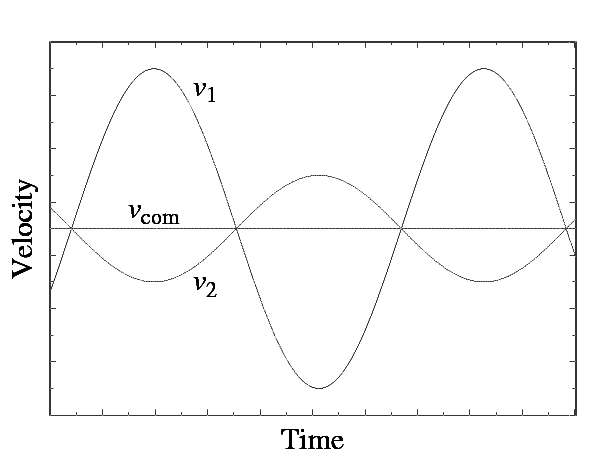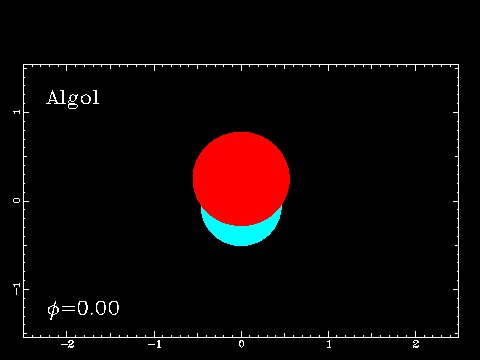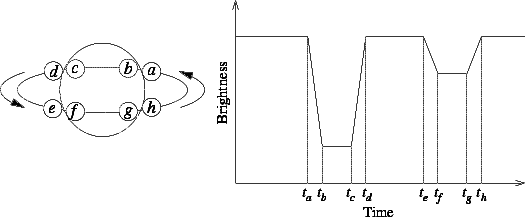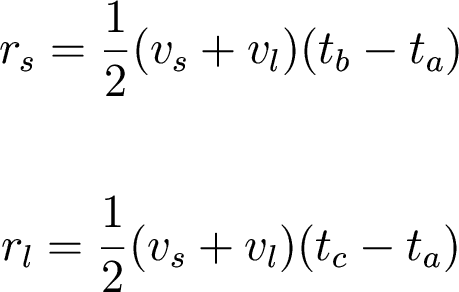

How? Watch the absorption
lines in the star. They will shift
in wavelength due to
the doppler shift as the stars orbit each other. Turn those
shifts
into velocities and you can construct the velocity curve of the binary:


Note that the orbit need not be circular, in which case the velocity profiles are not sinusoidal:

How do we use this to derive properties of the stars?
Remember how we define the center
of mass in an orbital system:
M1r1 = M2r2
where r1 and r2 are the distances of each object from the center of mass.
We can do the same thing here with the center of mass velocity:
Now, how do we get the sum of the masses? Note that velocity, period, and semimajor axis are related:

We can plug this expression for a back into Kepler's third law and solve for the mass sum:

Here we have the sum of the masses and the mass ratio, so we can solve for the individual masses as well. Cool!
Why isn't life this easy?
Again, there is no reason why nature would oblige us by putting the orbit plane right along our line of sight. It is usually inclined:

In this case, we don't measure true v, we measure observed vo = v*sin(i). This complicates the analysis:

These are binaries which actually pass in front of another (from our line of sight) so that we get periodic eclipses. The star Algol is an eclipsing binary:

Algol's brightness varies quite a bit. Normally it has a magnitude m=2.1, but fades to m=3.4 during minimum. The eclipse lasts 10 hours, and occurs every 2.87 days. Algol is sometimes referred to as the Demon Star.

By combining the light curve and the velocity curve,
we can also get the radii of both stars. How?

From the brightnesses and colors of the star during
the two eclipses, we can also get information on the ratio of the
temperatures of the stars (how?).